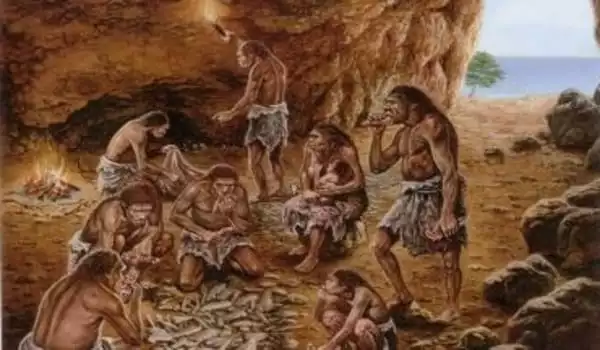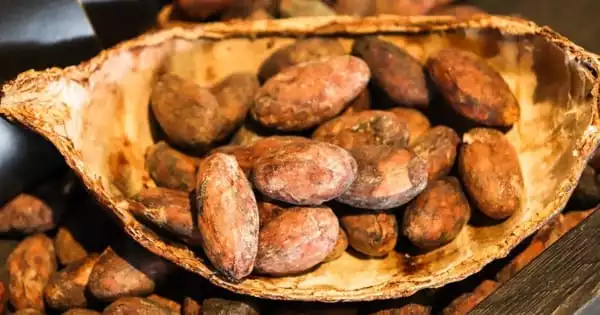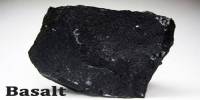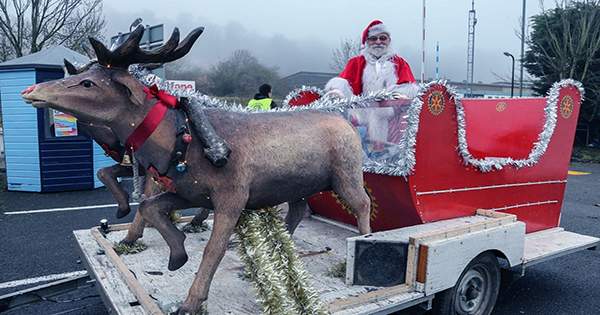The presence of cacao has been identified in the Mexican state of Yucatan. Cacao has been mentioned in this region by many chroniclers and investigators from Prehispanic times. Nonetheless, there was no definite evidence of the presence of cacao in this area until recently. Apparently, Yucatan’s temperature and soil are insufficient for the natural growth of this plant, which demands high humidity all year and deep soils.
A team of researchers discovered nine sinkholes in the Yucatan peninsula that include evidence of cacao trees as well as ancient religious practices. Cacao, the plant from which chocolate is derived, was revered by the ancient Mayas as even more divine than chocolate itself. Cacao beans were considered a gift from the gods by the Maya and were even used as cash due to their high worth.
As a result, the Maya kings of northern Yucatan strictly controlled cacao bean production, with cacao trees exclusively planted in sacred groves. But, until now, no modern researcher has been able to pinpoint the location of these ancient sacred groves.
Brigham Young University researchers, including professor emeritus Richard Terry and graduate students Bryce Brown and Christopher Balzotti, collaborated with archaeologists from the United States and Mexico to identify locations used by the Maya to provide the ideal blend of humidity, calm, and shade required by cacao trees. While the dry climate of the Yucatan peninsula is unsuitable for cacao cultivation, the researchers discovered that the peninsula’s enormous collection of sinkholes contain microclimates with just the perfect conditions.
We now have these connections between religious structures and the religious crops growing in these sinkholes. Knowing that cacao beans were utilized as cash indicates that the sinkholes were a location where money could be grown and managed. This new understanding contributes to the creation of a rich historical narrative of a highly charged Maya environment with economic, political, and spiritual significance.
Professor Terry
The scientists conducted soil investigations on 11 of those sinkholes and discovered traces of theobromine and caffeine – combination biomarkers specific to cacao – as revealed in a paper just published in the Journal of Archaeological Science Reports. Archaeologists discovered evidence of ancient ceremonial rites in multiple sinkholes, including stairwell ramps for processions, stone sculptures, altars, and donations such as jade and pottery (including small ceramic cacao pods).
“We looked for theobromine for several years and found cacao in some places we didn’t expect,” said Terry, who recently retired from BYU. “We were also amazed to see the ceremonial artifacts. My students rappelled into one of these sinkholes and said, ‘Wow! There is a structure in here!’ It was a staircase that filled one-third of the sinkhole with stone.”
The researchers devised a new soil extraction process to extract and analyze sinkhole dirt for cacao biomarkers, specifically theobromine and caffeine. This entailed drying the soil samples and passing them through a screen, covering them with hot water, centrifuging and passing them through extraction disks, then evaluating the extracts using mass spectrometry. The researchers compared the results of the soil samples to seven control samples that had no history of exposure to the biomarkers to boost the sensitivity of their testing.

According to the findings of the BYU study, cacao plantations played a significant part in ancient Maya rituals and trade routes, influencing the entire Mesoamerican economy. A 70-mile Maya “highway” in the area that was the main trading artery goes through hundreds of sinkholes, implying that the leaders who commissioned the highway creation were also in charge of cacao cultivation. Cacao cultivation evidence, as well as archaeological findings, support the theory that cacao was significant in the theological shift from a maize god to a sun god.
Maya leaders, on the other hand, planted these crops with caution in sacred orchards in northern Yucatan. Because the arid environment of the Yucatan peninsula is not conducive to cacao cultivation, the enormous array of sinkholes was chosen for its microclimates.
A figurine’s arm and bracelet were discovered in sinkholes near Coba, Mexico. As a result, it is designated as a heavenly cacao grove from the Late Postclassic period (1000-1400 CE). Furthermore, ceramic cocoa pods and the remains of cacao trees that were still growing are exposed.
The research team discovered the arm and bracelet of a figurine linked to an incense container and five clay molded cacao pods in a sinkhole near Coba, Mexico, a town 45 minutes from modern-day Tulum. They also discovered cacao tree remnants, suggesting that this sinkhole, dubbed “Dzadz Ion,” was the site of a sacred cacao grove during the Late Postclassic period (About A.D. 1000 to 1400).
“We now have these connections between religious structures and the religious crops growing in these sinkholes,” Terry explained. “Knowing that cacao beans were utilized as cash indicates that the sinkholes were a location where money could be grown and managed. This new understanding contributes to the creation of a rich historical narrative of a highly charged Maya environment with economic, political, and spiritual significance.”
















